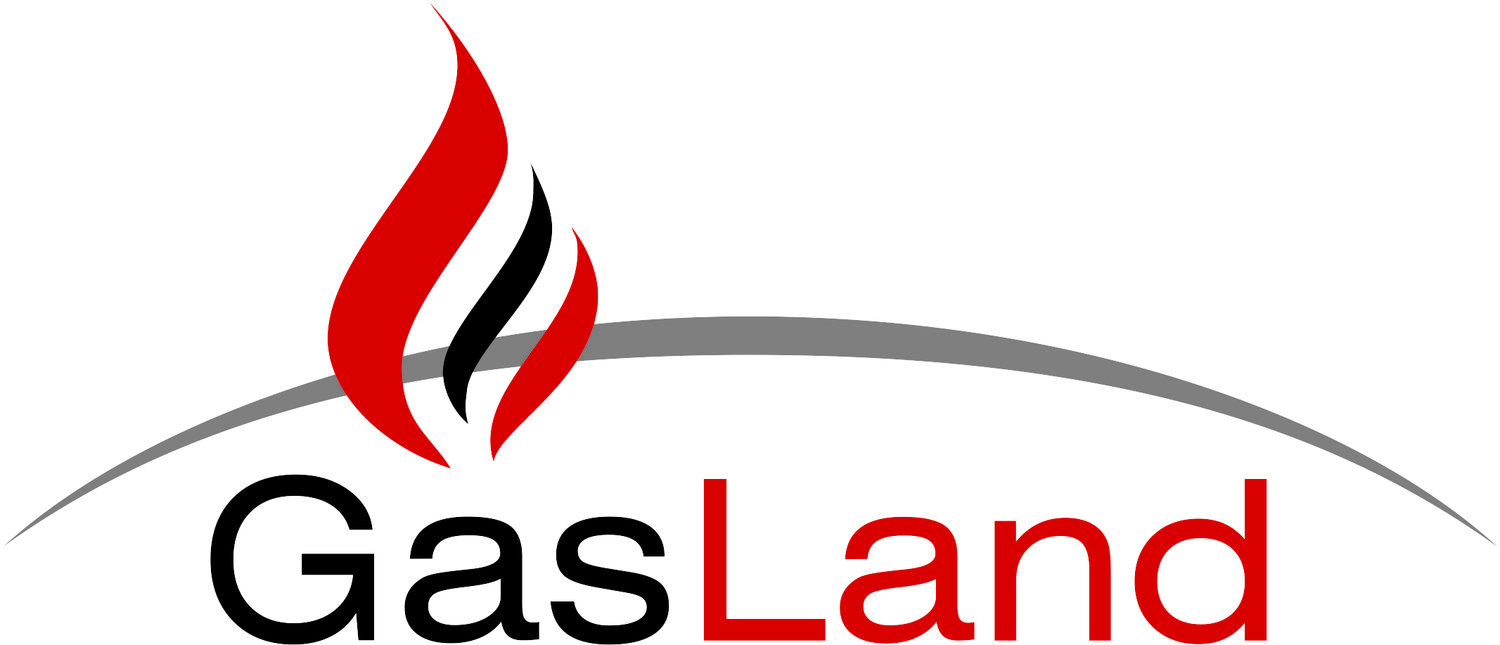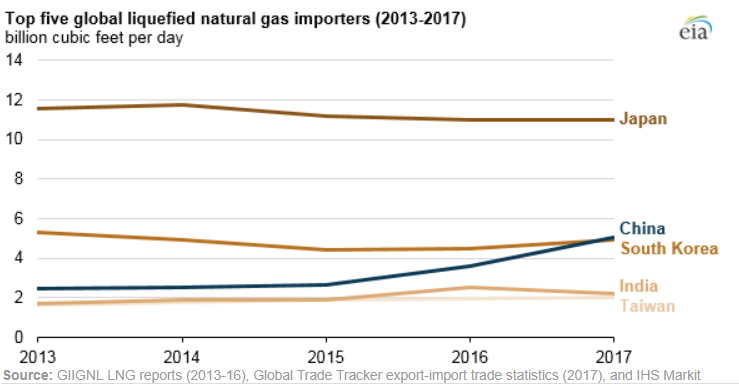SEA/LNG – a non-profit, multi-sector industry coalition – advocates for the replacement of traditional maritime fuel with LNG. In a recent statement, SEA\LNG explains the environmental importance of investment in the LNG industry. Far more sustainable a power source than traditional mediums like coal and oil, LNG will continue to prompt reductions in greenhouse gas (GHG) emissions as well as improvements in air quality.
Skeptics
While detractors point to LNG’s non-negligible GHG effect, SEA\LNG argues the evaluation of LNG use from an exclusively GHG perspective is “not responsible”. Alongside GHG appraisals should come air quality assessments when considering LNG as an alternative fuel for marine vessels. On both fronts, the LNG alternative affords great benefits.
Traditional Maritime Fuels & The LNG Alternative
Currently, diesel propulsion engines are the most commonly used engines in the shipping industry. Diesel engines run on “bunker fuels” which emit diesel particulate matter along with other harmful substances. According to the environmental protection agency, “diesel particulate matter is associated with a host of adverse health effects, including cancer.” [2] According to SEA\LNG, the replacement of standard maritime gases with LNG can decrease shipping industry greenhouse gas emissions by as much as 20%, nitrogen oxide (NOx) by 90%, and particulate matter emissions nearly full-stop [1]. As enhancement of the technology continues, emissions are likely to be reduced even further. Concerning the prospect of applying electrical power, the research is skeptical; while hybrid end fully electric batteries can be clean alternatives for short sea operations, they are not so suitable for capacity-demanding deep-sea voyages.
Round-Up
“It should be noted that the infrastructure for LNG supply is already there; the focus is on investments in the last mile”. As per SEA/LNG’s statement, the onus is on industry leaders to lead in LNG conversion and development. In the meantime, organizations like SEA/LNG and the Society for Gas as Marine Fuel (SGMF) will continue to motivate the transition through empirical analysis and data gathering. The transition from traditional maritime fuel consumption to that of liquid natural gas is not just possible but choice worthy. The opportunity, it seems, is the LNG industry’s to loose.
References:
[1] Chisuse-Van der Boom, K. (2018). CONTINUING INVESTMENT IN LNG AS A MARINE FUEL CRITICAL TO MEETING AIR QUALITY & GHG EMISSIONS TARGETS - SEALNG. [online] SEA\LNG. Available at: https://sea-lng.org/continuing-investment-in-lng-as-a-marine-fuel-critical-to-meeting-air-quality-ghg-emissions-targets/ [Accessed 5 Jul. 2018].
[2] US Environmental Protection Agency (EPA), Washington, DC. "Control of Emissions from New Marine Compression-Ignition Engines at or Above 30 Liters Per Cylinder." Final rule. Federal Register, 68 FR 9751, 2003-02-28. [Accessed 9 Jul. 2018].








